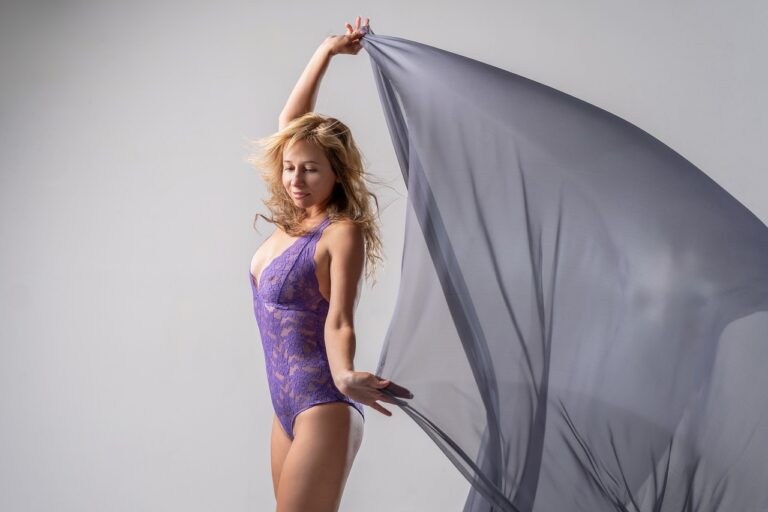Fashion and Inclusive Design: Adaptive Clothing for People with Disabilities
Adaptive clothing offers a range of benefits for individuals with disabilities. One significant advantage is the increased comfort and ease of dressing. With features like adjustable fastenings and modified designs, adaptive clothing can make getting dressed a more manageable task for those facing physical challenges.
Furthermore, adaptive clothing promotes independence and self-confidence among individuals with disabilities. By providing garments that cater to specific needs and preferences, adaptive clothing empowers individuals to express their personal style and navigate daily tasks with greater autonomy. This sense of empowerment can have a positive impact on overall well-being and quality of life for those with disabilities.
Challenges Faced by People with Disabilities in Traditional Fashion
People with disabilities often encounter challenges when trying to navigate the world of traditional fashion. One common issue is the lack of inclusivity in clothing designs, with many garments not being suitable for those with physical limitations or unique needs. This can lead to feelings of exclusion and frustration when individuals are unable to find clothing that fits well or is easy to put on and take off.
Moreover, the lack of accessibility in clothing stores and online platforms presents another barrier for people with disabilities. Many stores are not equipped with features like ramps or wide aisles to accommodate individuals with mobility aids. Additionally, online shopping may pose challenges in terms of sizing, fit, and the overall shopping experience for those who require adaptive clothing options. These obstacles make it difficult for people with disabilities to express their individuality and style through fashion.
Key Features of Adaptive Clothing
Adaptive clothing incorporates various features to meet the unique needs of individuals with disabilities. One key feature is the use of adjustable closures such as velcro, magnets, or snap buttons instead of traditional zippers or buttons. These closures make it easier for individuals with limited dexterity to dress and undress independently.
Another important feature of adaptive clothing is the use of stretchable and soft fabrics that provide comfort and allow for easy movement. Fabrics like spandex or elastic blends can accommodate fluctuations in body size or shape, making the clothing more versatile and functional for individuals with mobility limitations.
Adjustable closures such as velcro, magnets, or snap buttons
Stretchable and soft fabrics like spandex or elastic blends for comfort and easy movement
Accommodates fluctuations in body size or shape
Increases independence for individuals with limited dexterity
Versatile and functional for individuals with mobility limitations
What are the benefits of adaptive clothing for people with disabilities?
Adaptive clothing offers greater comfort, ease of dressing, and independence for individuals with disabilities. It is designed with features such as easy closures, adjustable waistbands, and wheelchair-friendly designs to meet the specific needs of each person.
What challenges do people with disabilities face in traditional fashion?
People with disabilities often struggle with limited clothing options that are difficult to put on, uncomfortable to wear, or do not accommodate their specific needs. Traditional fashion designs may not be inclusive or practical for individuals with disabilities.
What are some key features of adaptive clothing?
Key features of adaptive clothing include easy closures (such as Velcro or magnets), adjustable waistbands, elasticated fabrics, magnetic buttons, and wheelchair-friendly designs. These features make dressing easier and more comfortable for individuals with disabilities.
Where can one find adaptive clothing options?
Adaptive clothing is available online, through specialty retailers, and at certain clothing stores that cater to individuals with disabilities. There are also adaptive clothing brands that specifically focus on creating inclusive and functional designs for people with diverse needs.
How can adaptive clothing improve the quality of life for people with disabilities?
By providing functional and comfortable clothing options, adaptive clothing can enhance the independence, confidence, and overall well-being of individuals with disabilities. It allows them to dress more easily, participate in activities, and express their personal style with greater ease.







